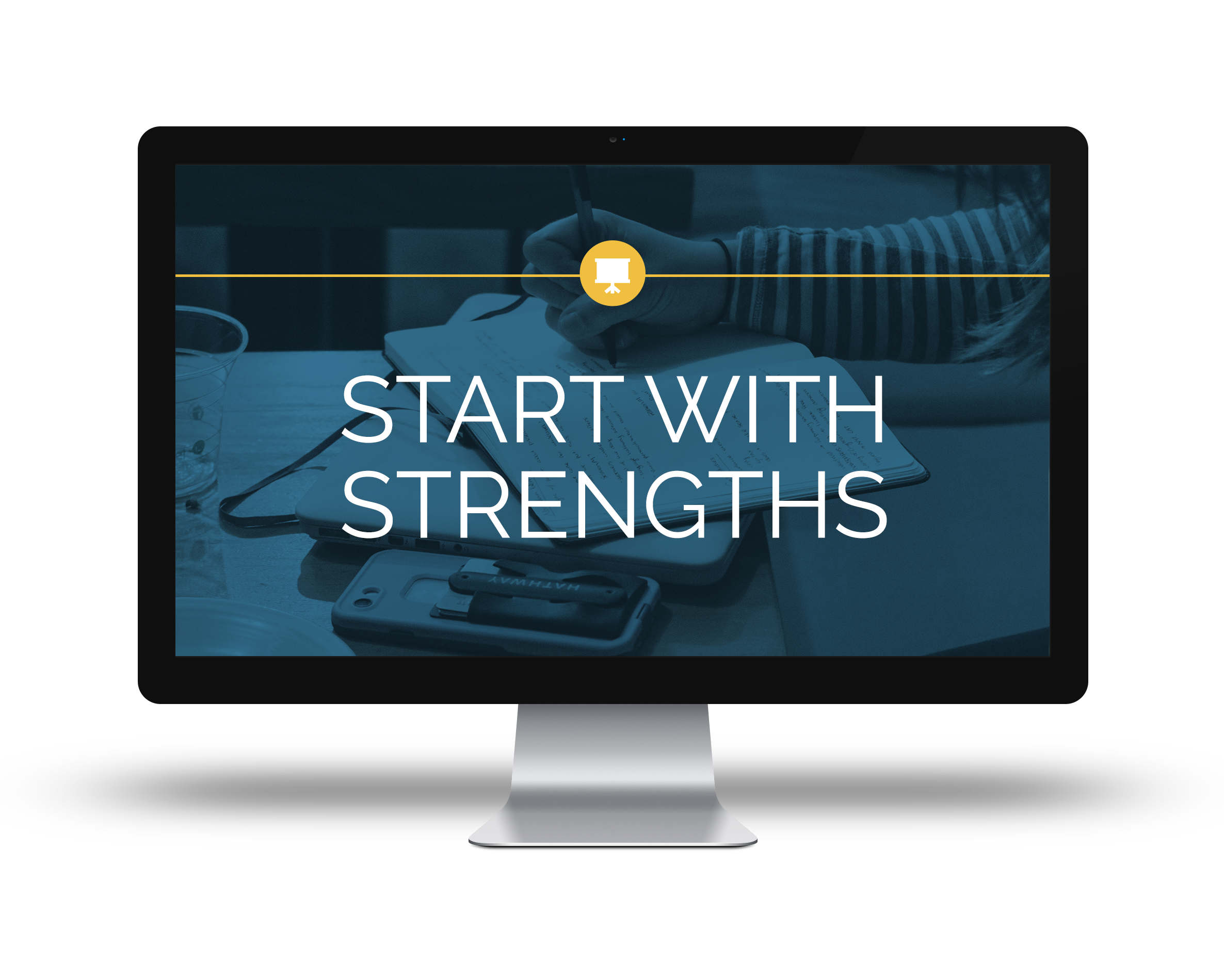What Does it Mean to Flourish?
Flourishing is like supercharging your well-being and happiness. Flourishing is a loaded word, but in short, it means having a lot of social and mental/emotional well-being.
Finding this kind of happiness can be as elusive as sand slipping through your fingers. At the same time, it can be as straightforward and simple as feeling your in-breath and out-breath.
The good news is that recent research is pointing to new ways you can increase your odds of flourishing.
The Science of Flourishing
The founder of positive psychology, Martin Seligman, made two main points about flourishing:
The acronym PERMA captures five central elements of human flourishing, each independently measured and enhanced.
- Positive emotions
- Engagement
- Relationships
- Meaning
- Accomplishment
It is the character strengths that are the pathways to PERMA. Seligman says this: “these twenty-four strengths underpin all five elements, not just engagement: deploying your highest strengths leads to more positive emotion, to more meaning, to more accomplishment, and to better relationships” (Seligman, 2011, p. 24). There is now plenty of research that supports this theory showing that character strengths closely connect to each part of PERMA/flourishing (see Niemiec, 2018, for more details).
Practicing Flourishing, Practicing PERMA
So, how might you take action and really put this research into practical reality in your life? Let’s use the acronym of PERMA as a guide. Each of these action-oriented interventions comes from the new book Character Strengths Interventions:
Positive emotions
Feeling pleasant feelings such as joy, excitement, interest, hope, and contentment come from many sources, one of which can be reflecting on something good that happened during our day and sharing it with others. Reference: Lambert and colleagues (2011).
- Exercise: Share an example of something good that happened to you today. Name the character strengths that you used that contributed to the good feelings.
Engagement
There are seemingly countless ways we might use our signature strengths to engage more at work, at play, and in whatever we are currently focused on. And there is good reason to do so, as workers who reported high strengths use at work were 18 times more likely to be flourishing than those who reported low strengths use. References: Hone and colleagues (2015); Langer (2006); Proyer and colleagues (2013).
- Exercise: Engage in a household chore or a work project by thinking of 3 novel things about the activity while you do it. Use your senses and your mindful awareness to experience the task in this new way.
Relationships
Couples who recognize and appreciate the character strengths of one another have more committed and successful relationships. Put simply: They’re happier in the relationship. Reference: Kashdan and colleagues (2017).
- Exercise: Name one example of how your partner has used each of their top 3 strengths in an admirable way. Share this with them and explain why this is important to you.
Meaning
Workers who use their signature strengths at work are more likely to experience meaningful work – their job becomes a “calling” in their life. Reference: Harzer and Ruch (2016).
- Exercise: Align one of your signature strengths with your top 3 work tasks (e.g., running a meeting, filing papers, emailing a customer).
Achievement
We can directly accomplish more in life by creating goals and taking steps to reach them. Goals can be big or small. The best ones are specific and reachable. Hope is a central part of this. Reference: Cheavens and colleagues (2006).
- Exercise: Set a goal of something you would like to accomplish. Build hope by thinking of at least 3 ways you can achieve your goal and at least 3 positive thoughts you can use to motivate yourself to stay focused on it.



